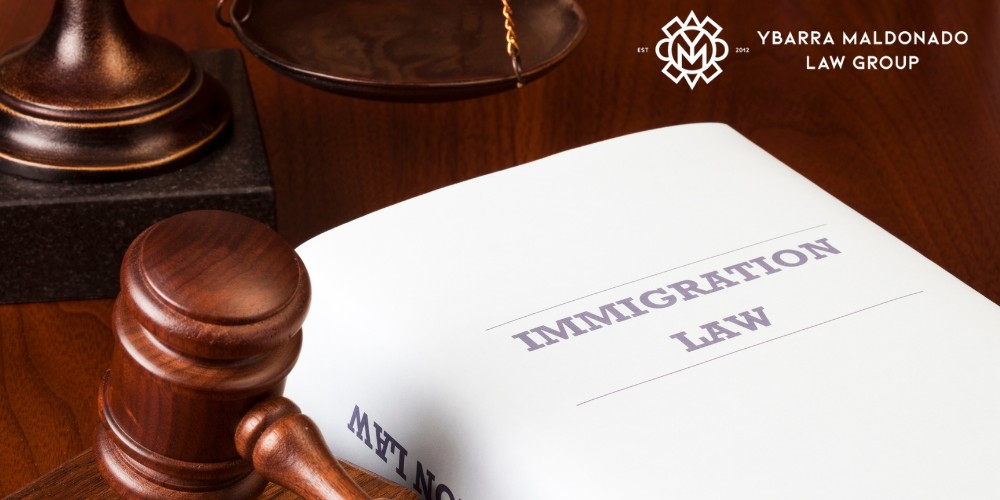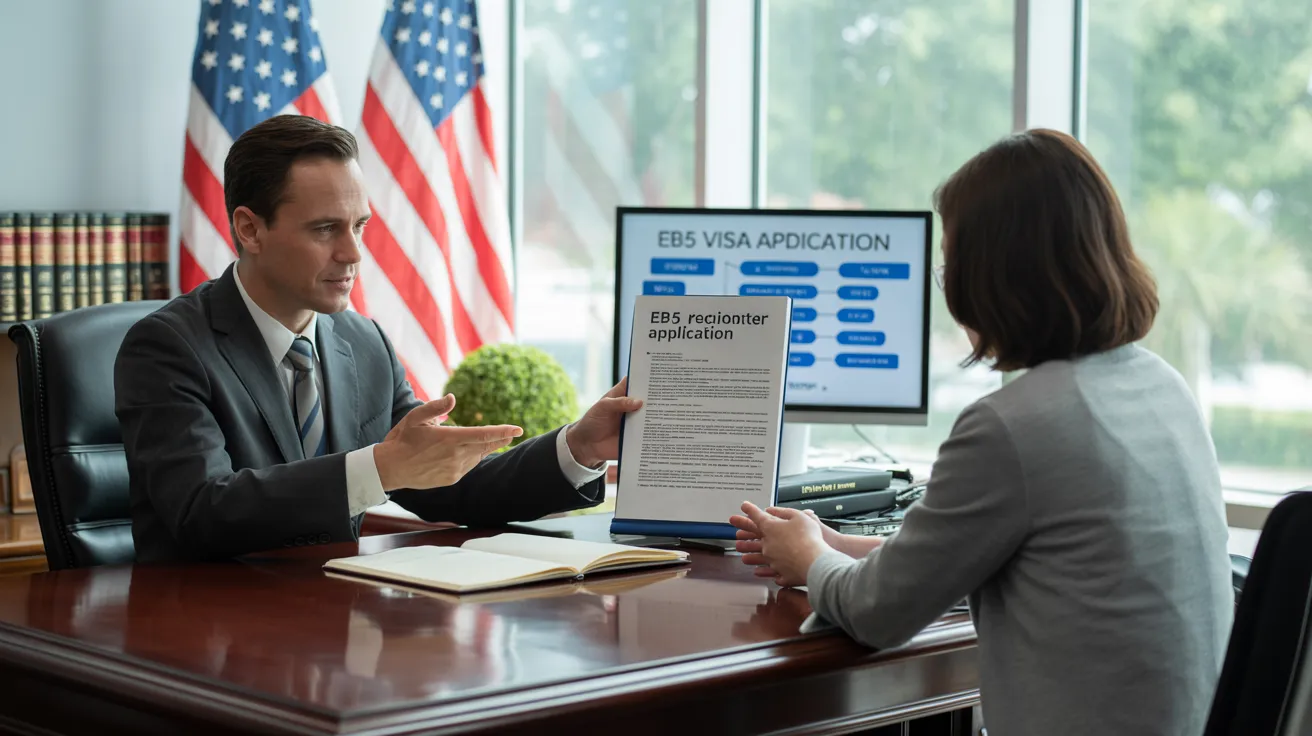What Does L1 Visa Do?
Table of ContentsWhat Does L1 Visa Mean?Unknown Facts About L1 VisaThe Definitive Guide to L1 VisaThe smart Trick of L1 Visa That Nobody is Talking AboutThe Single Strategy To Use For L1 VisaL1 Visa Can Be Fun For Everyone
Readily Available from ProQuest Dissertations & Theses Global; Social Scientific Research Premium Collection. (2074816399). (PDF). Congress. (PDF). DHS Office of the Inspector General. (PDF). (PDF). "Nonimmigrant Visa Stats". Recovered 2023-03-26. Department of Homeland Safety And Security Office of the Inspector General, "Testimonial of Vulnerabilities and Prospective Misuses of the L-1 Visa Program," "A Mainframe-Size Visa Loophole".
United State Department of State. Fetched 22 August 2016. "Employees paid $1.21 an hour to mount Fremont tech company's computer systems". The Mercury Information. 2014-10-22. Fetched 2023-02-08. Costa, Daniel (November 11, 2014). "Obscure temporary visas for international technology workers depress earnings". The Hillside. Tamen, Joan Fleischer (August 10, 2013). "Visa Owners Replace Workers".
Some Known Facts About L1 Visa.
In order to be qualified for the L-1 visa, the foreign company abroad where the Beneficiary was utilized and the united state company must have a certifying partnership at the time of the transfer. The different kinds of qualifying connections are: 1. Parent-Subsidiary: The Parent means a firm, firm, or other legal entity which has subsidiaries that it has and regulates."Subsidiary" suggests a firm, company, or various other legal entity of which a moms and dad owns, straight or indirectly, greater than 50% of the entity, OR possesses less than 50% yet has monitoring control of the entity.
Company A has 100% of the shares of Business B.Company A is the Parent and Firm B is a subsidiary. There is a qualifying relationship in between the two firms and Company B need to be able to fund the Recipient.
Instance 2: Company A is integrated in the U - L1 Visa.S. and wants to request the Beneficiary. Firm B is incorporated in Indonesia and employs the Beneficiary. Firm An owns 40% of Company B. The staying 60% is owned and managed by Business C, which has no relation to Business A.Since Business A and B do not have a parent-subsidiary connection, Firm A can not fund the Beneficiary for L-1.
Instance 3: Company A is included in the U.S. and wishes to request the Recipient. Company B is included in Indonesia and utilizes the Recipient. Business A has 40% of Business B. The staying 60% is had by Company C, which has no relation to Company A. However, Firm A, by official agreement, controls and complete takes care of Firm B.Since Company An owns much less than 50% of Company B but handles and manages the company, there is a certifying parent-subsidiary connection and Firm A can sponsor the Beneficiary for L-1.
How L1 Visa can Save You Time, Stress, and Money.
Business B is incorporated in the U.S.
Things about L1 Visa

The L-1 visa is an employment-based visa classification developed by Congress in 1970, enabling international business to move their managers, executives, or crucial employees to their U.S. procedures. It is generally referred to as the intracompany transferee visa.

In addition, the beneficiary should have worked in a supervisory, exec, or specialized employee position for one year within the 3 years preceding the L-1A application in the foreign firm. For brand-new contact us office applications, foreign work needs to have been in a managerial or executive ability if the beneficiary is coming to the USA to work as a manager or exec.
What Does L1 Visa Mean?

If approved for an U.S. company operational for greater than one year, the initial L-1B visa is for approximately 3 years and can be expanded for an additional 2 years (L1 Visa). On the other hand, if the U.S. business is newly developed or has been operational for much less than one year, the preliminary L-1B visa is provided for one year, with extensions available in two-year increments
The L-1 visa is an employment-based visa category developed by Congress in 1970, permitting international business to move their supervisors, executives, or vital personnel to their U.S. operations. It is typically referred to as the intracompany transferee visa.
What Does L1 Visa Mean?
Furthermore, the beneficiary needs to have functioned in a supervisory, executive, or specialized worker position for one year within the 3 years coming before the L-1A application in the foreign firm. For brand-new workplace applications, foreign employment needs to have been in a managerial or executive ability if the recipient is coming to the USA to function as a supervisor or executive.
for up to seven years to oversee the operations of the united state affiliate as an exec or supervisor. If released L1 Visa process for an U.S. company that has been functional for greater than one year, the L-1A visa is initially provided for up to three years and can be extended in two-year increments.
If approved for a united state business operational for greater than one year, the initial L-1B visa is for as much as three years and can L1 Visa law firm be prolonged for an added 2 years. Alternatively, if the U.S. company is newly established or has been functional for much less than one year, the initial L-1B visa is provided for one year, with expansions readily available in two-year increments.